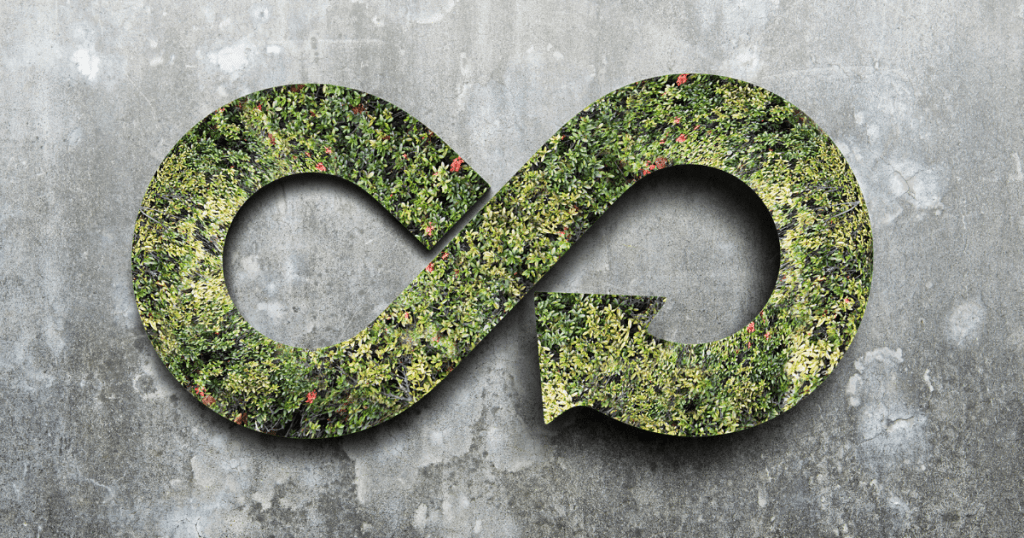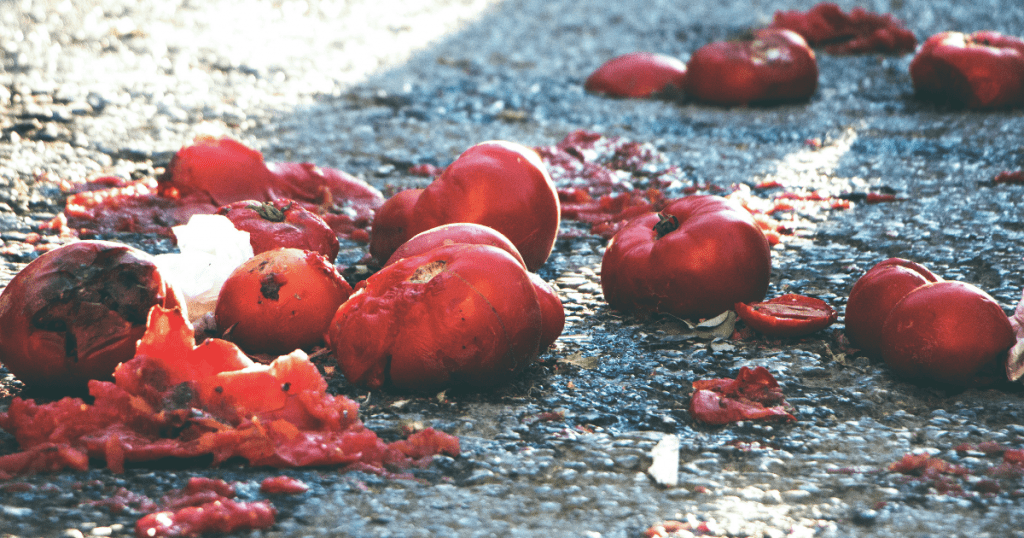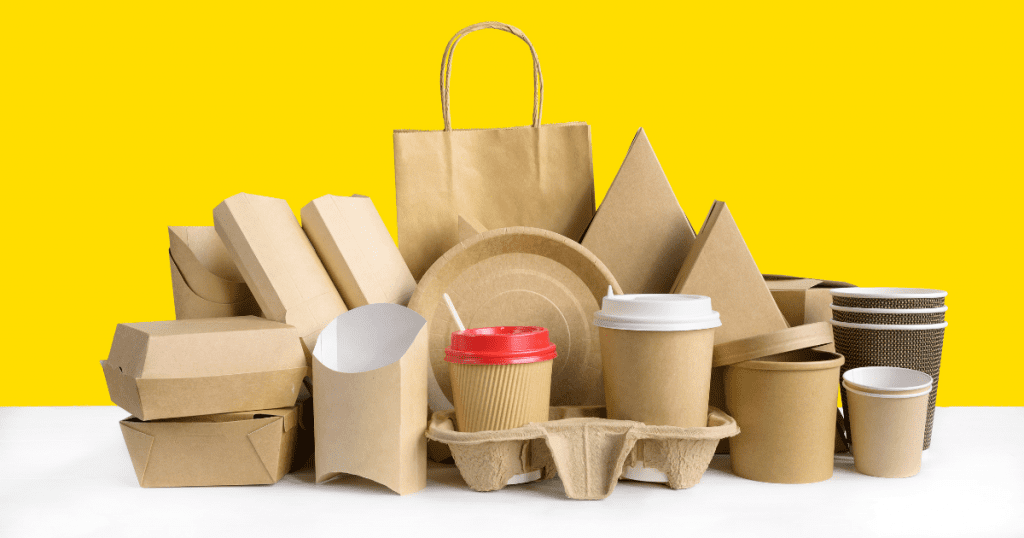ENSO Initiatives launch new sustainability programme for food and drinks producers
February 1, 2022Benefits of Embracing Sustainability For Your Business
September 15, 2022
The impacts of the food and drink industry are huge. Both agriculture and food retail are in the top 5 most polluting industries.
The data doesn’t lie. Food and agriculture create 26% of all greenhouse gas emissions. They’re using 50% of all habitable land and up to 70% of all freshwater globally.
Plus, 26% of all petroleum-based plastic created is turned into food packaging. And 95% of them end up in landfills or the ocean, where they’ll pollute the environment for 500+ years.
There is a long journey ahead to achieve circularity in the food and drink industry. Cutting down waste and building an economy that respects planetary boundaries and works for everyone should be a top priority.
In this blog, we’re talking about what a circular economy is and exploring what it means for businesses in the food and drink industry.
What is a Circular Economy?
The Ellen MacArthur Foundation defines the circular economy as “an industrial economy that is restorative or regenerative by value and design.”
This means moving away from the take-make-waste business model. It means cutting down on waste by using raw materials and products over and over again. A circular business model uses its resources to their fullest potential—eliminating waste.
Adapting to a circular economy means reusing, recycling, and repurposing materials so that landfills are empty, our air is clean, and our oceans pollution-free.
The current linear economy takes resources from the planet, turns them into short-lived items, and then disposes of them. The results? Over-exploitation of non-renewable resources, plastic pollution, and landfills overflowing with waste. The opposite of what a circular economy is.
The Impact of Food Waste

Food waste is a worldwide issue that affects every single step of the food chain. The agriculture and food industries are resource-intensive—and a lot of those resources end up being wasted.
There is a huge imbalance between the resources that go into making food and the products that come out of it. We’re using too many resources but we aren’t creating food security for everyone.
Globally, we’re wasting over 1.3 billion tonnes of food every year—which accounts for a third of the world’s production.
Food waste is not only an environmental issue— it’s a humanitarian and social issue too. We’re producing enough food to feed the world, yet 811 million people go hungry every day. The food and drink industry is one of the most resource-demanding and energy-intensive industries. If we’re investing so many resources to grow food, we need to ensure food security and environmental responsibility.
The food supply chain has lots of improvements to make but there is a lot of potential for change, better practices, less waste, and a food system that works.
What Does Circularity for the Food and Drink Industry Look Like?
Shifting towards a sustainable and circular future should be a top priority for any business in the food and drink industry. For this kind of transition to take place, businesses must focus on forward-thinking and challenging current business models.
There are many challenges the industry faces when it comes to food waste, electricity usage, water waste, and soil health. These are 3 actionable steps you can take to start adapting your business to a circular model:
1. Use clean energy
Coal and fossil fuels don’t fit in a circular economy. Transitioning to clean energy is a must and a great place to start your sustainability journey as a business. Plus, clean energy saves you money by reducing your energy costs. Here’s a great resource to help you get started with this transition.
2. Audit your food waste and take action to reduce it
Food waste is a serious problem that is not only costing you money but is also taking a lot of resources from our planet. From the farm to the table, make an audit and see which parts of your supply chain are creating food waste, and take the steps to address this issue.
3. Maximise the use of by-products and waste
By-products are very common in the food and drink industry. Whether you’re making beer or pastries, there is a lot of untapped potential in your “waste”. A few options are creating new products from by-products, teaming up with biotechnology companies who can turn your waste into products, or composting it, if possible.
The Impact of Packaging

The food and drink industry’s biggest challenge is packaging. Single-use plastics are the staple of packaging. And even if they’re cheap and resistant, we’re paying a bigger price for them.
A circular economy for food is one where waste does not exist, but where by-products such as packaging can either be composted or turned into new products, such as fabrics for the fashion industry. – Ellen MacArthur Foundation
A staggering 90% of plastic packaging becomes ‘waste’ after only one use. Many of these aren’t recyclable, and even if they are, only 4% is actually recycled. Yearly, we’re dumping in the ocean about 4x more plastic than we’re recycling.
If your business still depends on single-use plastics for packaging, it’s time for a circular revamp.
Transitioning Packaging to a Circular Economy
To reach our climate goals and a circular economy, plastic dependency on food packaging must end. We can’t afford to continue to churn our plastics into the environment while drilling for more oil to make them. But as the issues with plastic pollution continue to worsen, innovation and technology are improving.
Better and more sustainable packaging options continue to hit the market. And solutions to phase out single-use plastics from the food and drink supply chain are growing.
This is what you can do to bring circularity to your business packaging:
1. Re-design your packaging to use minimal plastic, or avoid it altogether
You can significantly reduce the impact of your packaging by designing it for sustainability. More isn’t always better when it comes to packaging. How can you save space in your packaging? Can you reduce weight? Can you find sustainable alternatives to plastic?
2. Make impactful collaborations
The awareness of the negative effects of food packaging is causing an uptick in sustainable options. Companies like TerraCycle, their partner company Loop, and BioPack are creating solutions to address plastic pollution, recycling, and reusing. Consider teaming up with a business or organisation that can help you reduce the impact of your packaging.
3. Go compostable
Innovation and technology are bringing a wide range of options for packaging. Relying on plastic is no longer the only way to go. Biodegradable and compostable options are growing. When designing or redesigning your packaging, look for suitable and compostable options.
ENSO Initiatives Helps Your Business Transition to a Circular Model
Shifting your business from a linear to a circular model can be overwhelming—but it’s necessary. Not only for the planet but for your business too. The challenges are many, but with guidance and support, they’re easier and achievable.
At ENSO Initiatives, we give you the tools, strategies, and support to turn your business into a sustainable powerhouse.
